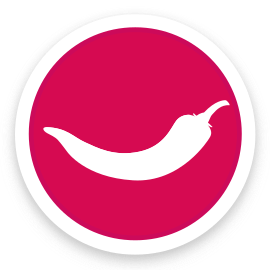Note publique d'information : Le polymère Nafion est l'électrolyte de référence de la pile à combustible. Lorsqu'il
est hydraté, il présente un conductivité élevée (10-2 S.cm-1). Néanmoins cette conductivité
chute à faible taux d'hydratation. L'ajout d'un compos hygroscopique dans la membrane,
telle phosphate de zirconium (ZrP), a été proposé dans la littérature pour répondre
à c problème. La conductivité est le fait de la structure du matériau, des mécanismes
de diffusion du proton, et des interactions eaq polymère au sein de la membrane. Nous
nous sommes intéressés à cette dernière partie du problème. Nous avons étudi' les
mécanismes d'hydratation à l'échelle moléculaire pour les membranes Nafion puis Nafion-ZrP
par technique d spectrométrie infrarouge sur toute la gamme d'hydratation.. Cette
technique peut être couplée à une étude par dynamiqu moléculaire que nous avons initié
sur le polymère Nafion. Nos résultats font état de 5 mécanismes d'hydratation successifs
pour la membrane Nafion. L'ionisation des group sulfoniques S03H est très rapide en
début d'hydratation. Elle est suivie d'un éloignement des protons H+ par rapport aux
groupes sulfonates S03- et d'une réorganisation du réseau de liaisons H autour de
ces groupes ioniques. Enfin une eau d type « bulk» apparaît vers 40% d'hydratation.
Nous avons ainsi une « photographie» de la membrane à chaque tal d'hydratation. L'ajout
d'un composé inorganique ZrP n'influe pas sur les mécanismes d'hydratation. D'après
la comparaison entre nos mécanismes et la courbe de conductivité, il est nécessaire
de dissocier tous les groupes sulfoniaues DOur atteindre une diffusion oDtimale du
Droton, probablement assurée par le mécanisme de Grotthuss.
Note publique d'information : The Nafion is a polymer. Thanks to its high conductivity (up to ] 0-'< S.cm-') at
high relative humidity (RH), it is a reference electrolyt for a fuel cell. However
its conductivity falls during low hydration conditions. To solve this problem, we
can add a hygroscopic compound, like ziconium phosphate (ZrP), into the membrane.
The conductivity is linked to the structure of the membrane, the proton diffusion
mechanisms and the interactions between water molecules and the polymer; we are interested
by this last field of research. Infrared spectroscopy are used to establish the hydration
mechanisms at a molecular scale for a Nafion and a Nafion-ZrP membrane. This technique
can be coupled with a molecular dynamic study, which we have begun for the Nafion.
The inftared spectra ofNafion and Nafion-ZrP have been measured on the whole range
of RH. We found 5 hydration mechanisms for the Nafion membrane. The ionisation of
sulfonic groups S03H is very fast at the beginning ofhydration. Then the protons H+
move away from the sulfonate groups S03- and the net ofhydrogen bonds around these
ionic groups changes. For a RH of 40%, bulk water appears inside the membrane. We
have thus a "photograph" of the inner membrane at each stage of RH. The adding of
an inoganic compound ZrP has no influence on the hydration mechanisms. According to
the comparison between our mechanisms and the curve of conductivity, all the sulfonic
groups have to be dissociated to reach optimal diffusion ofthe Droton, probablv assured
bv the Grotthuss mechanism.

 paprika.idref.fr
paprika.idref.fr
 data.idref.fr
data.idref.fr
 Documentation
Documentation

 paprika.idref.fr
paprika.idref.fr
 data.idref.fr
data.idref.fr
 Documentation
Documentation
